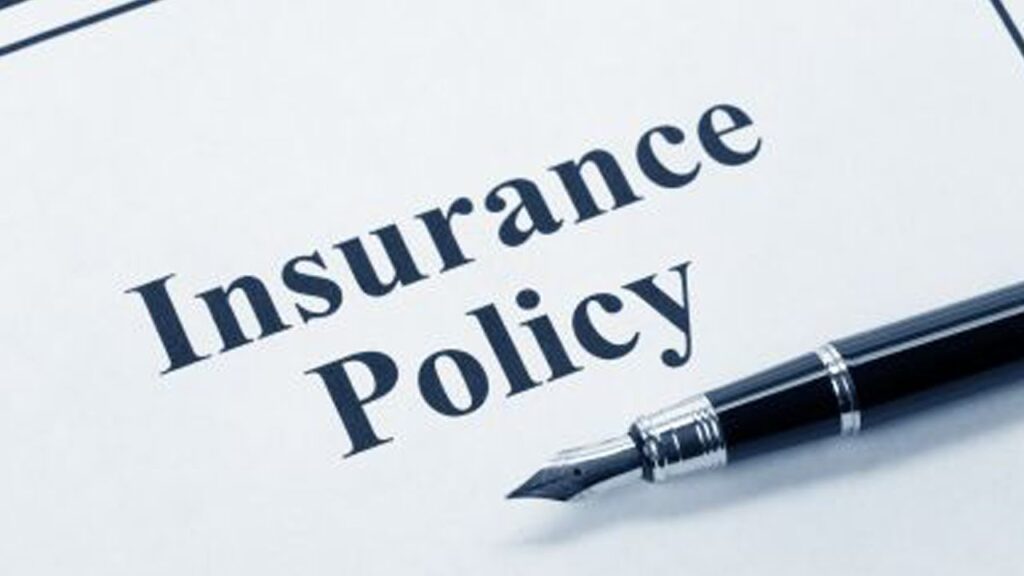In insurance and personal injury litigation, understanding the full scope of available coverage is a crucial step toward fair case evaluation and negotiation. A policy limit investigation seeks to uncover all applicable insurance coverage that may apply to a claim, ensuring no potential source of recovery is overlooked. Conducting this investigation thoroughly and ethically protects all parties — the claimant, the insured, and the insurer — while promoting transparency and efficiency in settlement discussions.
This article outlines a comprehensive process for conducting a thorough policy limit investigation, detailing the legal basis, practical steps, and best practices involved.
Understanding the Purpose of a Policy Limit Investigation
A policy limit represents the maximum amount an insurance company will pay under a policy for a covered loss. In many injury or liability cases, knowing this number early on shapes the entire settlement strategy. For plaintiffs, it informs the ceiling of potential recovery from the insurer. For defendants and their carriers, it defines the outer boundary of financial exposure.
The policy limit investigation is not just about discovering one policy number — it’s about identifying every policy, endorsement, umbrella, or excess layer that may apply. Missing even one source of coverage can dramatically alter the case’s outcome.
Legal and Ethical Foundations
Insurance laws differ by jurisdiction, but several common principles guide these investigations:
Duty of Good Faith: Insurers must act in good faith when responding to coverage inquiries. Withholding valid policy limit information may expose an insurer to bad faith claims.
Right to Discovery: In litigation, policy information is generally discoverable. Federal Rule of Civil Procedure 26(a)(1)(A)(iv) explicitly requires disclosure of any insurance agreement under which an insurer may be liable to satisfy all or part of a possible judgment.
Privacy and Relevance: Outside of litigation, insurers may be reluctant to disclose policy details due to privacy or competitive concerns. However, a well-crafted, relevant request is often effective in obtaining voluntary disclosure, especially when liability and damages are clear.
State Statutes: Some states (such as California and Florida) have enacted statutes mandating insurers to disclose liability policy limits upon written request. Familiarity with local law is essential.
Step 1: Identify the Potentially Liable Parties
The first step is to map out all individuals and entities that could bear responsibility. This includes not only the obvious party (e.g., a negligent driver) but also any employers, contractors, property owners, or manufacturers connected to the event.
For example:
In an auto collision, consider whether the driver was on the job (employer coverage).
In a construction accident, multiple subcontractors may share liability.
In a product defect case, distributors and retailers may carry separate coverage.
This broad view ensures that no avenue of coverage is ignored before narrowing the investigation to specific policies.
Step 2: Request Insurance Information Early
Once potential defendants are identified, the next step is to formally request insurance coverage information. Timing matters — early requests can prevent delays in negotiation later.
For Attorneys:
Pre-litigation: Send a formal demand letter requesting disclosure of all applicable liability policies, including primary, umbrella, and excess coverage. Cite any applicable statutes requiring disclosure.
Post-litigation: Use discovery tools such as interrogatories, requests for production, or deposition questions targeting insurance coverage.
For Insurers:
Verify all policies that may respond to the claim.
Communicate clearly and promptly with defense counsel and the insured.
Disclose policy limits in compliance with statutory and contractual obligations.
Sample Request Language:
“Please provide the name of each insurer potentially providing coverage, the applicable policy number, effective dates, coverage limits (per occurrence and aggregate), and any umbrella or excess policies that may apply.”
Step 3: Review the Policies in Detail
Once the policies are obtained, a careful review is essential to confirm the limits and determine how coverage applies to the facts.
Key Sections to Review:
Declarations Page: Lists policy limits, coverage types, and endorsements.
Insuring Agreement: Defines what the insurer promises to cover.
Exclusions and Conditions: Identify any limitations that may bar recovery.
Endorsements: Check for additional insureds, riders, or amendments.
Umbrella/Excess Policies: Determine attachment points and any self-insured retentions.
Policies can be complex, especially in commercial contexts. It’s not uncommon for coverage layers to overlap or for additional insured endorsements to expand coverage beyond the named policyholder.
Step 4: Verify the Limits and Coverage Validity
A common pitfall in policy limit investigations is assuming disclosed information is complete or accurate. Verification ensures reliability.
Verification Methods:
Request Written Confirmation: Ask the insurer or defense counsel to confirm in writing that all applicable policies have been disclosed.
Cross-Check with Certificates of Insurance (COIs): Although not proof of coverage, COIs can reveal additional policies or coverage layers.
Depose Corporate Representatives: Rule 30(b)(6) depositions can clarify policy applicability, renewal histories, and the existence of excess coverage.
Public Records Searches: In some cases, filings with state agencies or certificates on file may reveal coverage held by commercial entities.
Step 5: Evaluate Combined Coverage and Priority
When multiple policies exist, determining how they interact is critical. Coverage may be primary, secondary (excess), or umbrella, and the order in which they apply can affect settlement strategy.
Coordination Examples:
Primary vs. Excess: The primary policy pays first up to its limits; excess coverage applies afterward.
Umbrella Policies: Broader in scope, these may drop down to cover gaps not filled by the primary policy.
Multiple Defendants: When several defendants have overlapping coverage, contribution and indemnity issues may arise.
Understanding this hierarchy is vital when calculating the total available coverage and negotiating equitable contributions from multiple insurers.
Step 6: Document and Communicate Findings
After confirming all policies and limits, compile a comprehensive coverage summary. This document should include:
- Policy numbers and carriers
- Coverage limits (per occurrence and aggregate)
- Effective dates
- Named and additional insureds
- Policy types (auto, general liability, umbrella, etc.)
- Notable exclusions or endorsements
- Outstanding verification requests
Share this summary with all relevant stakeholders — including the client, opposing counsel (as appropriate), and any co-counsel. Maintaining an organized record prevents confusion and strengthens your negotiation posture.
Step 7: Integrate Coverage Information into Settlement Strategy
Once policy limits are known, integrate that information into the broader case valuation and negotiation plan.
For claimants, knowing the limits helps determine whether to pursue policy-limits demands or to look for additional assets. For insurers, clear understanding of exposure supports rational settlement decisions and avoids the risk of bad faith allegations for failure to settle within policy limits.
If the liability and damages clearly exceed the available coverage, issuing a policy limit demand letter with supporting evidence of damages may create leverage for prompt resolution while protecting the claimant’s interests.
Best Practices and Common Pitfalls
Best Practices:
Be specific and professional in all written requests.
Confirm disclosures in writing.
Track all responses and deadlines.
Review excess and umbrella policies carefully.
Keep clients informed of findings and implications.
Common Pitfalls to Avoid:
Assuming only one policy exists.
Relying solely on verbal disclosures.
Ignoring umbrella or specialty coverages.
Overlooking additional insured endorsements.
Failing to follow up on incomplete responses.
Conclusion
A thorough policy limit investigation is both a legal necessity and a strategic advantage. By systematically identifying all liable parties, obtaining and verifying coverage information, and integrating findings into settlement planning, attorneys and adjusters can ensure a complete understanding of the available insurance landscape.
In high-stakes claims, missing a single layer of coverage can mean the difference between full compensation and a missed opportunity. Careful diligence — guided by sound legal principles and practical steps — remains the foundation of a successful policy limit investigation.

